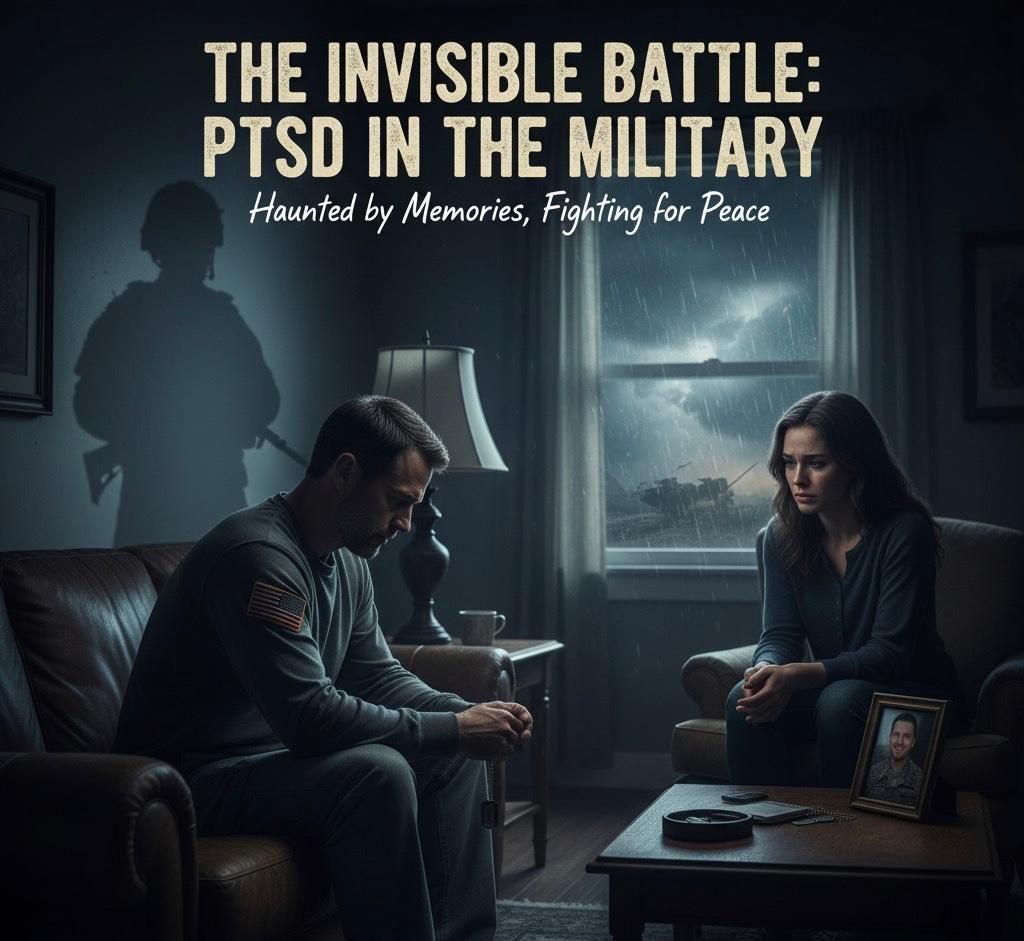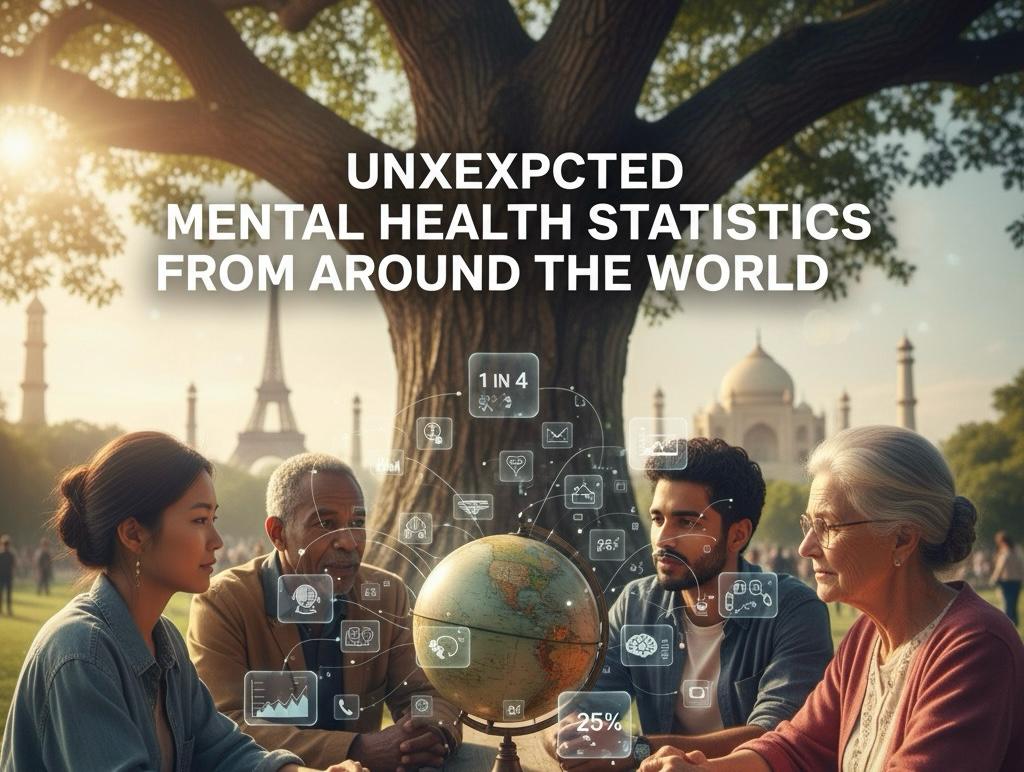The Middle East is a region that has been historically mired in political and social unrest. Conflicts, both internal and external, have resulted in severe consequences, from loss of life to substantial displacement. Amidst this volatility, a less visible but equally pressing issue is the impact of such conflicts on mental health. This article aims to critically evaluate the implications of ongoing Middle Eastern conflicts on psychological well-being, considering various perspectives and methodologies to understand this complex phenomenon. While it is essential to acknowledge the immediate threats of these conflicts, such as loss of life and property, the mental health repercussions extend far beyond the battlefield, infiltrating daily lives and future generations.
The Gravity of Mental Health Impact
For
- Prevalence of PTSD and Other Disorders: Research indicates that the rates of Post-Traumatic Stress Disorder (PTSD) are exceptionally high in conflict regions (Charlson et al., 2019). The constant state of unrest leads to an increase in anxiety disorders, depression, and other stress-induced conditions.
- Generational Impact: Studies have shown that children born to parents suffering from PTSD or similar conditions are more likely to develop mental health issues (Yehuda et al., 2015). This perpetuates a cycle of psychological challenges that extend beyond immediate victims.
- Societal Cohesion: When a significant proportion of a population suffers from mental health problems, it weakens the social fabric. The societal cost includes impaired productivity, increased crime rates, and a general decline in the quality of life.
Against
- Cultural Resilience: Many Middle Eastern cultures have traditional coping mechanisms that can mitigate the effects of conflict on mental health (Panter-Brick et al., 2018). Family and community support can sometimes serve as an effective buffer.
- Overmedicalization: There’s an argument against imposing Western psychiatric models in non-Western conflict zones, as it might lead to overmedicalization of naturally occurring emotional distress (Summerfield, 1999).
- Adaptation and Coping: Continuous exposure to stressors might lead to increased resilience and better coping strategies, although this argument is highly controversial and not universally supported (Hobfoll et al., 2007).
Critical Analysis
When juxtaposing these arguments, the evidence overwhelmingly supports the notion that the mental health implications of Middle Eastern conflicts are profound and far-reaching. Although there are innate cultural resilience and coping mechanisms, they may not suffice in countering the heightened levels of trauma and stress associated with continuous conflict. Moreover, while the concept of adaptation to stressors exists, it’s a double-edged sword. Long-term exposure to high stress can have a deleterious effect on mental health, potentially leading to conditions like chronic anxiety and depression.
The argument against the imposition of Western psychiatric models is valid to an extent, as cultural nuances should guide mental health diagnoses and treatments. However, this does not negate the fact that prolonged exposure to conflict situations exacerbates mental health conditions. Cultural resilience can only go so far in providing emotional stability in a constant state of volatility.
Policy Implications and Conclusion
The implications of these findings extend to the realm of policy-making, particularly for governments and organisations invested in the Middle East. There’s a need for culturally sensitive yet empirically supported mental health interventions. Establishing mental health facilities and promoting telehealth psychological services can serve as immediate steps to address this crisis. Furthermore, international cooperation is required to invest in mental health as part of a broader humanitarian response to Middle Eastern conflicts.
In conclusion, the mental health impact of ongoing Middle Eastern conflicts is an issue that demands urgent attention. While traditional coping mechanisms and societal structures offer some form of resilience, they are insufficient in combating the widespread and far-reaching psychological implications of continuous unrest. It is incumbent upon both regional and international stakeholders to acknowledge and address this less visible but equally damaging fallout of conflict.
References
- Charlson, F., van Ommeren, M., Flaxman, A., & Cornett, J. (2019). New WHO prevalence estimates of mental disorders in conflict settings: a systematic review and meta-analysis. The Lancet, 394(10194), 240-248.
- Yehuda, R., Daskalakis, N. P., Desarnaud, F., Makotkine, I., Lehrner, A. L., Koch, E., … & Bierer, L. M. (2015). Epigenetic Biomarkers as Predictors and Correlates of Symptom Improvement Following Psychotherapy in Combat Veterans with PTSD. Frontiers in psychiatry, 4, 118.
- Panter-Brick, C., Hadfield, K., Dajani, R., Eggerman, M., Ager, A., & Ungar, M. (2018). Resilience in Context: A Brief and Culturally Grounded Measure for Syrian Refugee and Jordanian Host-Community Adolescents. Child Development, 89(5), 1803-1820.
- Summerfield, D. (1999). A critique of seven assumptions behind psychological trauma programmes in war-affected areas. Social science & medicine, 48(10), 1449-1462.
- Hobfoll, S. E., Watson, P., Bell, C. C., Bryant, R. A., Brymer, M. J., Friedman, M. J., … & Ursano, R. J. (2007). Five essential elements of immediate and mid–term mass trauma intervention: empirical evidence. Psychiatry, 70(4), 283-315.
How to get in touch
If you or your patient/NDIS clients need immediate mental healthcare assistance, feel free to get in contact with us on 1800 NEAR ME – admin@therapynearme.com.au







